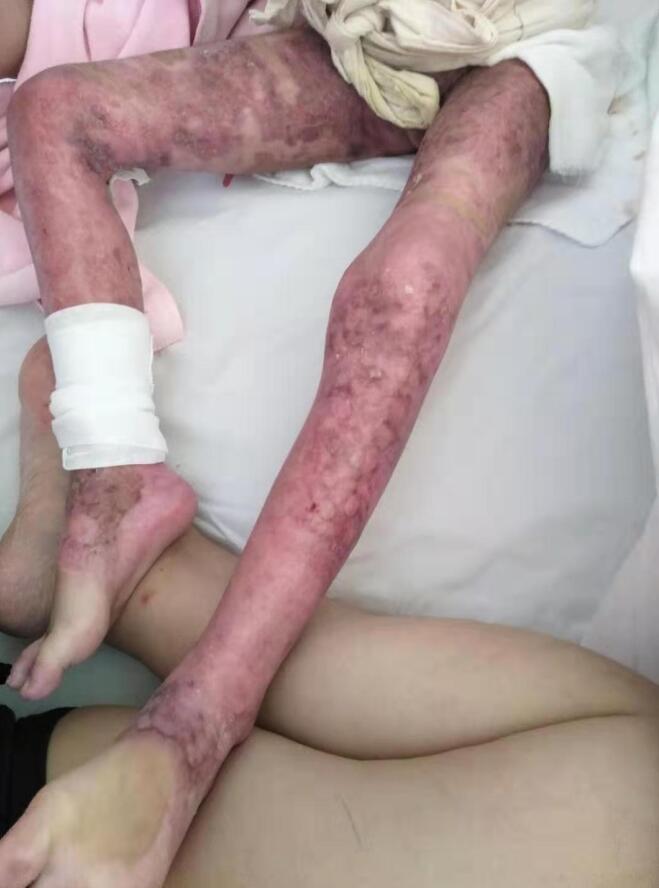
Why should I use elastic sleeve compression therapy after scarring to prevent burns?
For wounds that healed more than two weeks after burns, doctors recommend wearing elastic sleeves or elastic bandages to prevent and reduce scarring. So what is the treatment of stress therapy? What is the treatment mechanism?
Pressure therapy is a elastic sleeve made of elastic fabrics, such as masks and elastic stockings, which continuously compresses the healing area of the burned scalp to prevent and reduce the scarring and contraction of the skin grafting area and the edge.
The mechanism of histopathological changes in compression therapy is unclear. It may be that stress leads to ischemia, activates tissue metabolism, and increases collagenase activity. Due to local hypoxia-ischemia, the number of capillaries is reduced, the blood supply to scar tissue is reduced, and the oxygen partial pressure in the cells is reduced under hypoxic conditions, and the function of mitochondria is reduced or even stopped. At the same time, morphological changes occur. Such as mitochondrial swelling, vacuolar degeneration and so on. Thus, the mitochondria, which are mainly used for cell biooxidation, do not release energy well in a series of oxidative phosphorylation processes, resulting in inhibition of fibroblast proliferation, and finally degeneration and necrosis, and the function of producing collagen fibers and matrix is greatly reduced. This causes the scar to become thinner and softer. The collagen fibers can be arranged in parallel, and the spiral collagen structure is rearranged to soften and flatten the scar.
Starting from the basic healing of the wound, stress therapy should be performed. Early pressure therapy can control scar hyperplasia, promote scar maturation and softening, and prevent joint contracture and deformity.
